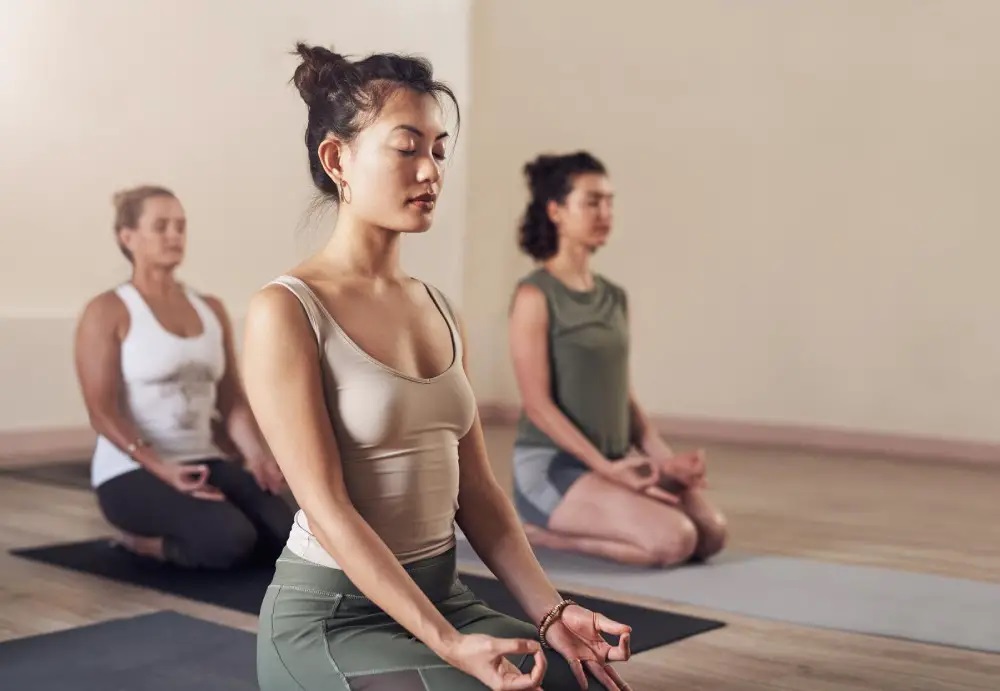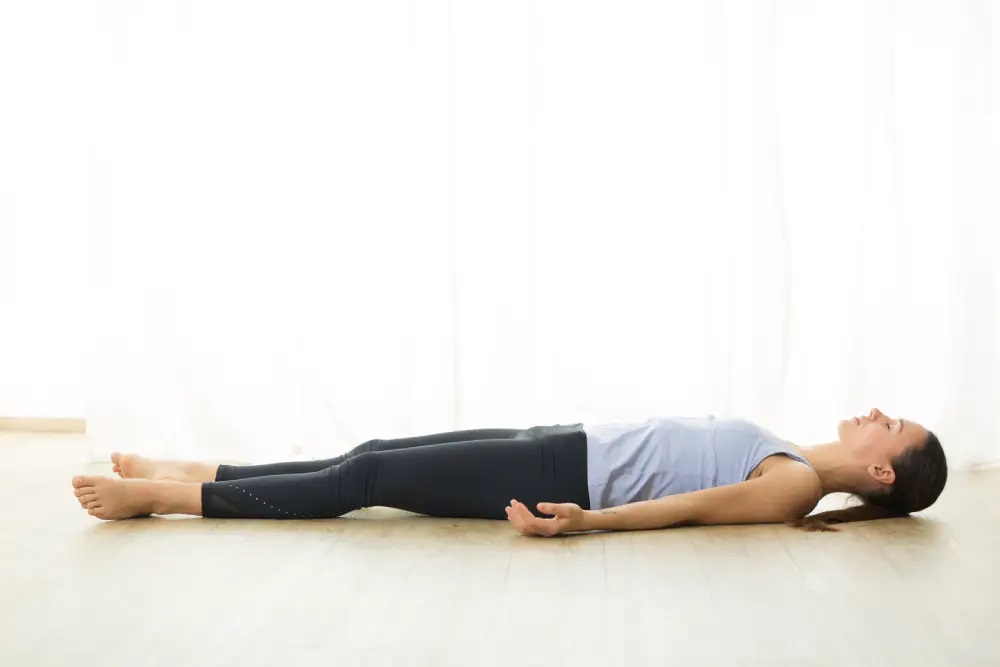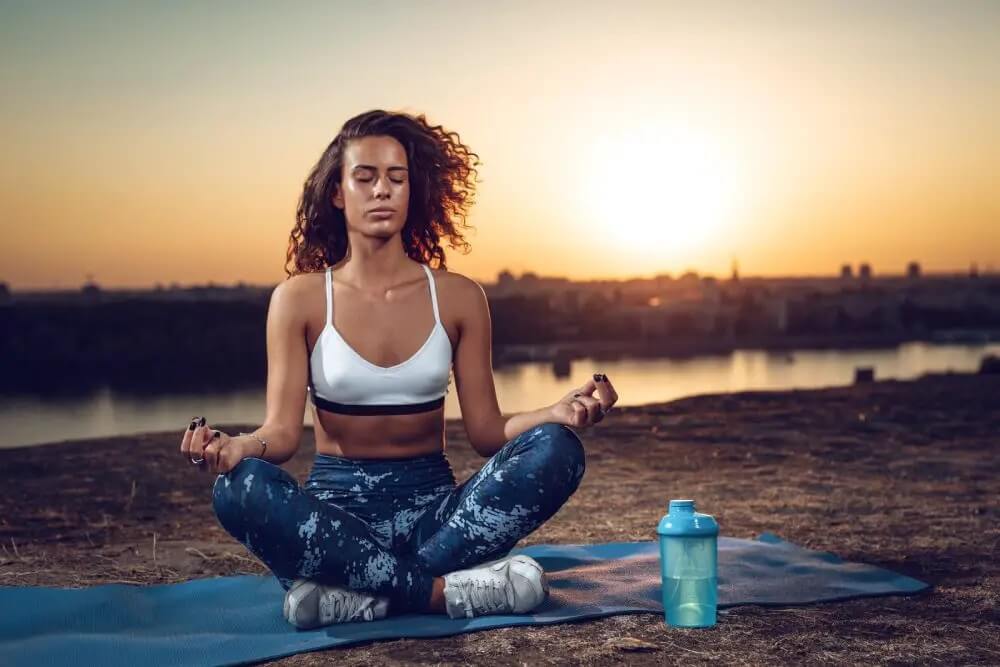Doing meditation after yoga can help restore your body and allow you to relax and get back into your routine – discover how to meditate after yoga correctly.
For a long time, I thought new-age principles like yoga and meditation were unnecessary and couldn’t benefit me in any way. However, after a back injury, I needed a way to restore my movement, and yoga offered low-stress exercises that improved my flexibility better than I would have imagined.
Adding meditation to the mix only made it better, but I was faced with a question – should I do meditation after yoga or before? For many individuals, post-workout meditation offers restorative effects, and it’s been working for me. It can allow you to reflect on the yoga session and transition back into reality.
Contents
Why Does Meditation After Yoga Work?

Technically, you can view yoga as a type of “moving meditation,” as it forces you to be present and aware of your body at all times. However, true meditation requires patience and stillness, which is helpful after a session.
Meditating after yoga can help reduce fatigue, increase your focus and concentration, and improve your mood. Although you don’t have to practice meditation after a yoga session, it’s good for your mind if you do.
Understanding The Connection Between Yoga And Meditation
If I’m blurring the line between yoga and meditation a little, it’s because they both force you to be present. After all, when you’re focused on getting your body into the correct position, it’s hard to be distracted by anything else. Check out these mantras for meditation.
However, meditation is just a state of mindfulness that aims to silence the background noise inside the brain and allow you to focus on the present. The purpose of meditation is to relieve various mental blocks, such as stress, anxiety, and depression. While meditation can’t necessarily “cure” these conditions, it can alleviate some symptoms.
Why Meditating After Yoga Is So Beneficial

This practice is so common that there’s even a word for it – Shavasana. This term stems from ancient Sanskrit, and it means “corpse pose.” When doing Shavasana, you lay on your back with your eyes closed and your arms and legs spread out comfortably. While this may sound like you’re just relaxing to take a nap, the purpose of Shavasana is to return your mind and body to reality.
Practicing the corpse pose may help relieve stress by reducing the hormones like cortisol and adrenaline. Once you’re finished with your meditation, you should feel the following:
- More Energized: Meditation can have a profound restorative effect on your brain because you’re able to shed exhausting stress and worry.
- More Focused: Eliminating unnecessary thoughts from your mind helps you concentrate on the task at hand. All too often, people let their minds wander, meaning they’re not focused on what they should be doing. So, practicing meditation after yoga helps you stay on target and think with better clarity.
- More Confident: Doubt and self-worry are just as toxic as stress and anxiety. A big part of yoga is instilling confidence and a determined belief in your abilities. Best of all, as you do yoga more often, you’ll notice yourself getting healthier and more flexible, which will boost your confidence further.
Can You Meditate In Other Ways?
Yes, meditation can take on many forms, and you can do it in practically any pose you like. However, I highly recommend using the corpse pose because it forces you to relax and clear your mind. So, if you’re just starting out with yoga, you can use Shavasana to help you get into the right mindset. Then, with extra practice, you can try different positions to see what works best for your mind.
For example, let’s say you don’t have a lot of time after your yoga session. You can choose to meditate later when you have a few minutes. Maybe listening to white noise or background music can put your mind at ease. Alternatively, maybe getting into a resting pose is the key to meditating after yoga.
Overall, there is no “right” way to meditate, no matter when you do it. What’s most important is that you want to experience the benefits that meditation has to offer. As long as you have the motivation, anything is possible. If you liked this post, you might be interested in our yoga meditation room ideas.



